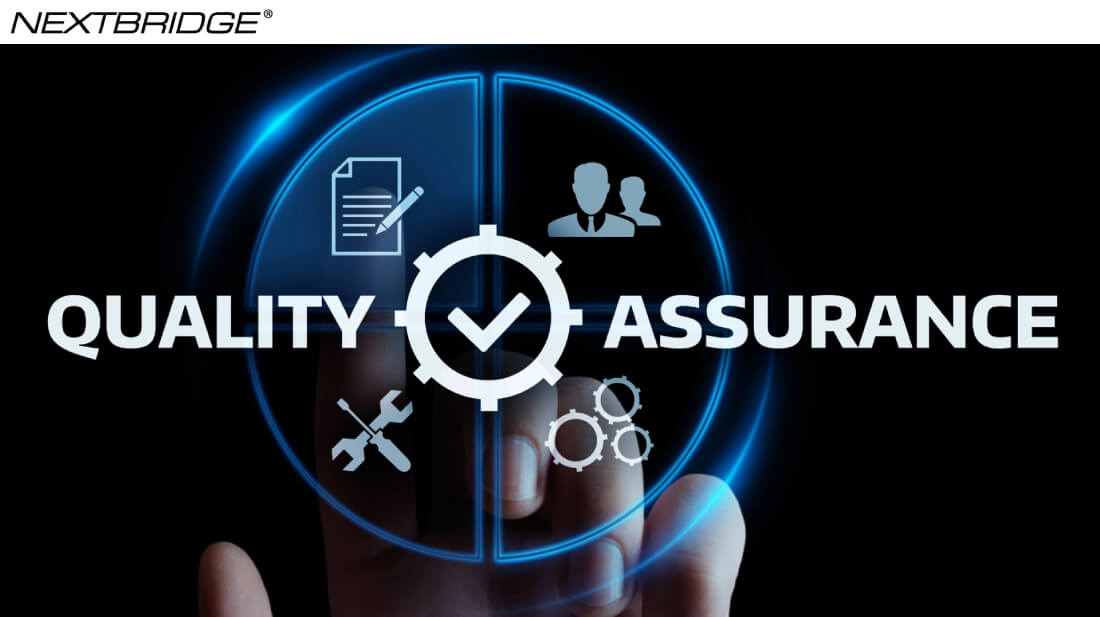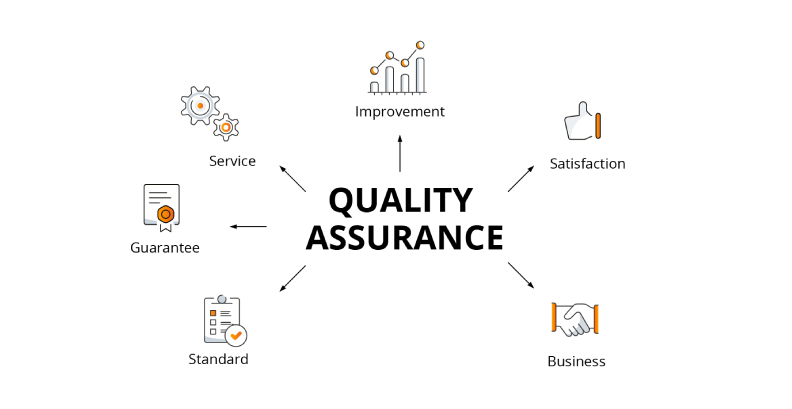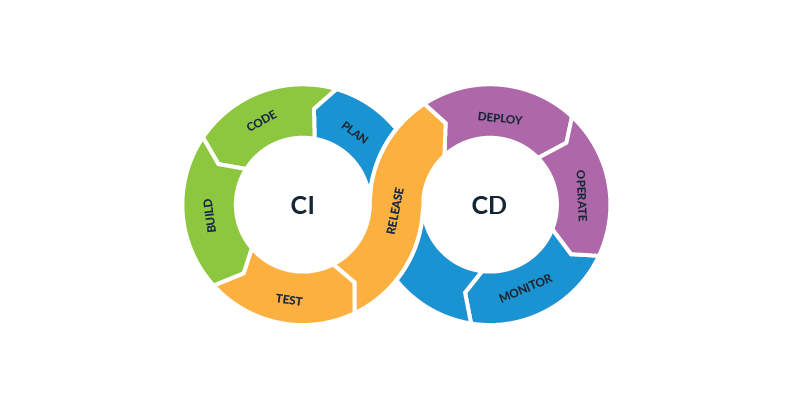Maintenance Plan Process
Contact an account manager
 Back to all articles
Back to all articles


Quality Assurance also known as QA plays a pivotal role in the success of a software. While there are many ways to improve QA and testing approaches, we will be talking about the ones that are of utmost importance and are often overlooked.
Before we discuss the tips to improve QA process, there are a few important terms that you should know about prior to our 4 methods of improving QA in software development. Let’s take you through them quickly.
Software quality assurance (SQA) is about assuring the quality of software and development process. It helps with bug prevention and fixed improving quality.
Software quality control (SQC) focuses on quality of software before release and that it fulfills the requirements. This process is also performed by the QA team.
Testing is about detecting and solving any issues in the code. It also covers solving technical issues, testing and implementing new features, as well as testing the final product. Measuring performance, security, compatibility, and useability are key points on which testing is performed.
Now you are familiar with the terminologies, we are all set!
There is no set rule or map of the ideal QA process. It depends on the type of project and the functionalities included within. It should be personalized to ensure each aspect of the project/software is property tested.
You can customize your QA process by having a clear indication of the following:
Without a clear understanding of the above aspects you cannot form a successful working QA automation process.
Documented, clearly defined, and well-planned testing and quality assurance process helps better communication and collaboration within the team and with development teams.
Following are the main aspects of the quality QA process.
How to increase productivity and meet deadlines by Leveraging Project Management tools?
Visit this link to know more: https://nextbridge.com/top-project-management-tools/
With all things out of the way and having an idea of how your QA process should look, let's settle and dive deep into methods for improving your QA process.

According to the World Quality Report 2021-22 automated testing improves the quality assurance process. Exclusion of human error, time saving, covering more in less time with high capability, and parallel execution + batch testing are prime reasons for widespread automated testing.
Use cases when automated testing is always suggested:
On that note, dont automate everything to keep balance between manual and automated testing.
Continuous integration and continuous delivery are integral parts of the quality assurance process and they ensure the rapid completion and complete testing. Plan testing and release strategy on early development stages. Delaying testing to last week's launch leaves bugs in the system. The CI/CD approach is self-explanatory.

With the help of tools you can automate code integration and delivery taking it one step further. It also helps release new features quickly to users. You can also create a CI/CD pipeline.
Review users’ requirements and reported issues will help you alot finding the problems and fixing them. The problems users are facing are most important and should be the first to be solved.
Team collaboration makes the environment suitable for the team and enhances performance. The QA team should collaborate and communicate with developers before pushing a module.
With that said, another approach is to deploy the software with only required features, those being completely tested. Work on features and release as needed. This way your product is in the market sooner and slowly you can build on features that are really necessary. Rather than developing features user’s don't need or to show off.
CI/CD approach also helps tackle the issues early and head on. If and when anything breaks a module it is caught. The module and affected branches are fixed before developers move on to something else.
Tier one - test every commit and features followed by rapid fixes and validation.
Tier two - detail testing including regression and stress testing with automation tools that take place at off time like at nights.
Tier three - test complete system once new modules are integrated, also takes place when you have more time to test all functionalities completely.
Regardless of how much QA team tries they have limited time so finding every single bug before release is not possible. But if developers, in the first place, follow the right practices and have the right skills there will be less bugs to begin with.
Before moving forward, review the code. When fixing bugs and adding features, test the code as part of the process. This helps reduce bugs and errors before it reaches the QA stage which results in smooth transition from development to launch.
There is no process of measuring the quality of your code. According to CISQ Software Quality Model performance efficiency, reliability, maintainability, security, and rate of delivery are the measure of quality of code.
Performance efficiency is the measure of how quickly and efficiently the code performs an action within a certain time. Following are ways to measure it:
Reliability is the measure of how long until the code crashes. Reliable testing and load testing are ways to check the reliability of the software. It can also be done with regression testing.
Maintainability is the measure of software’s readability, modification, upgrading, integration of new features, and meeting new business requirements.
One simple way to measure software’s maintainability is to calculate the number of lines. More lines means it is hard to maintain. Finding cyclomatic complexity is another way, higher the complexity harder it will be to maintain the code.
Security of a software is a measure of how well it protects itself from risks like breaches, viruses, and loss of information. Number of vulnerabilities is directly proportional to security.
Following measure result in positive or negative security measures:
Delivery rate is number of releases, frequency of updates, and fixes released. Aforementioned things contribute towards the quality of software.
Clear requirements are key to world-class QA and testing. However, it is also the most common issue. Inadequate requirements and assumptions made on such requirements lead to delayed delivery as well as wasting time on features that weren’t needed.
After gathering requirements, collaborate with the team and form a layout of essential requirements then have it sign off by stakeholders.
Know exactly what you need to deliver so you can deliver exactly what the client needs.
Ensure compatibility of new releases with customers. User acceptance testing (i.e., releasing new features to beta users first) and test accounts are efficient ways. Having users' data is very helpful to test it on your own, so, consider populating a database with users’ data.
Check if previous features are working well before as well as after the release. Fix those bugs first because users are already reliant on them. Ensure backward compatibility and rollback.
Automated testing will save a lot of time but manual testing at this stage is also important.
Hey!
Are you looking to hire a professional QA and Testing team? Visit the link and get connected to the experts now.
Get support, hire developers or QA engineers and get your issues fixed. Contact us before it's too late and let us help you with your quality assurance process.

Commitment to excellence



